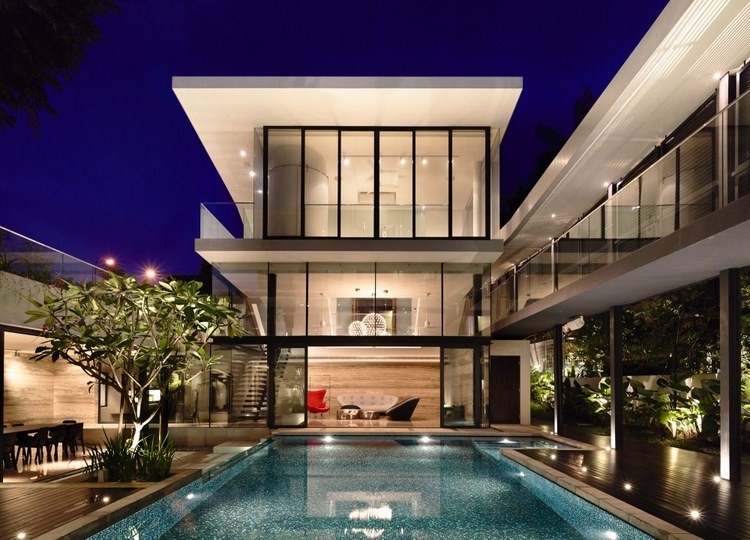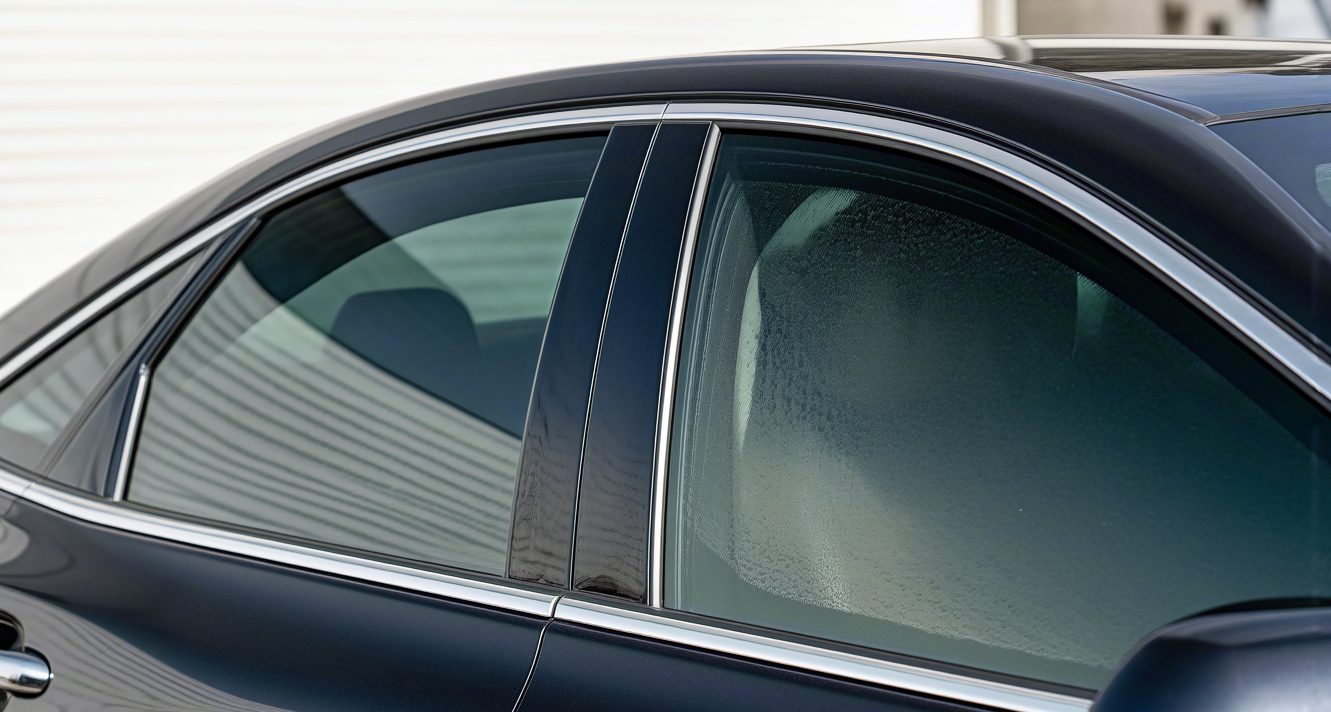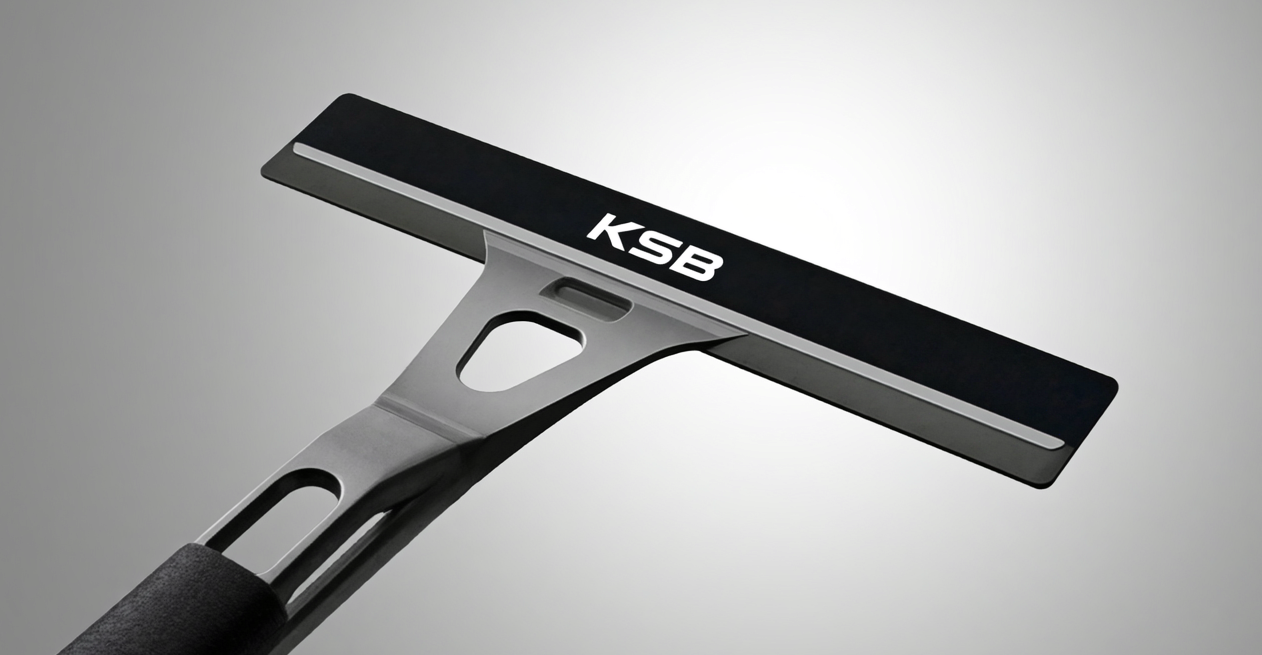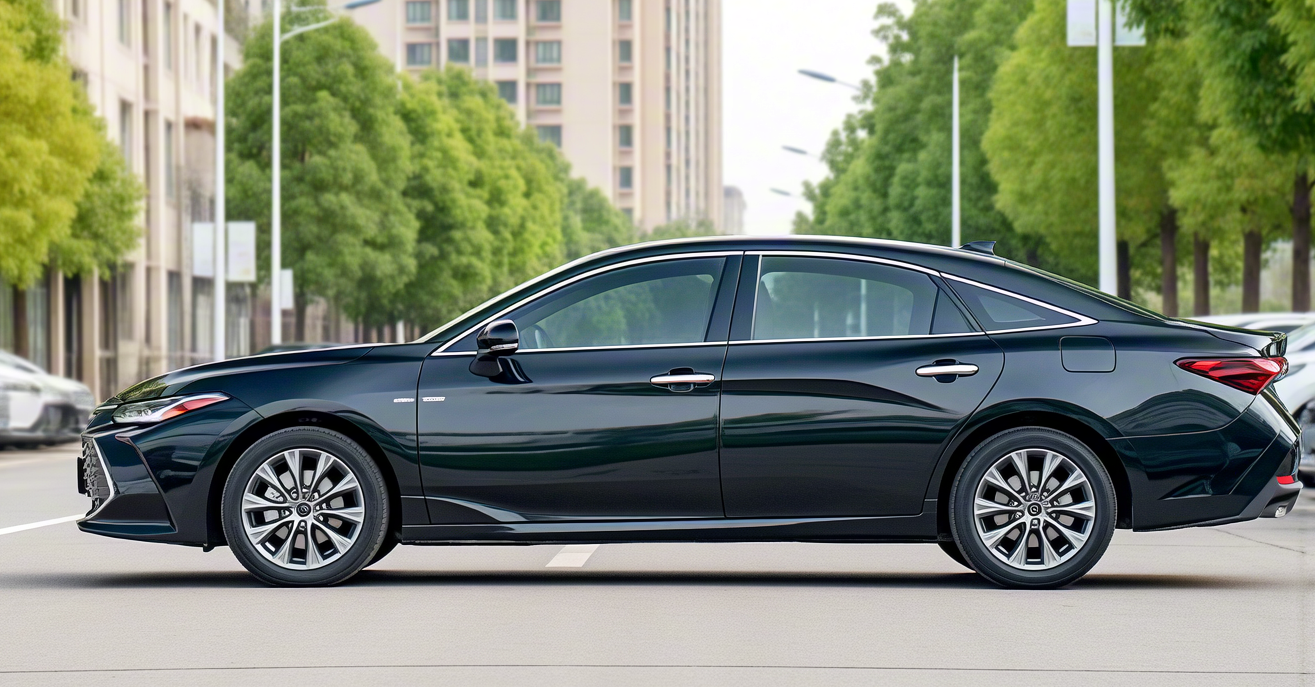Hotter Glass After Installing Window Film? Proof It’s Working!

Have you ever been puzzled: You installed window film expecting a cooler interior, only to find the glass itself feels hotter to the touch? This “counterintuitive” phenomenon often raises doubts about the film’s effectiveness. Don’t worry—hotter glass isn’t just normal; it’s direct evidence your film is working efficiently! This article explains the science behind this effect and how to scientifically verify your film’s performance.

1.How Window Films Cool: Blocking Heat, Not Eliminating It
Window films combat solar heat through two core mechanisms:
- Reflective Films(e.g., ceramic films):
Nano-scale metal oxide coatings act as an invisible mirror, reflecting infrared radiation (IR) and visible light back outdoors. - Absorptive Films(e.g., dyed films):
Specialized dye layers absorb heat, then re-radiate it outward through the glass—functioning like a reverse solar collector.
Key Data: High-performance films block 50%-80% of solar heat, significantly reducing AC load.
2. Why Glass Gets Hotter: Trapped Heat = Success
Intercepted heat doesn’t vanish—it transfers via two paths:
- Reflective films: Reflected IR energy heats the glass’s outer surface.
- Absorptive films: Absorbed heat conducts through the glass, raising its inner surface temperature.
Experimental Comparison :
- Untreated glass: Heat penetrates freely, heating floors/furniture indoors.
- Film-treated glass: Heat trapped at the glass layer reduces indoor temperatures by 3-5°C, despite hotter glass.
3.Validating Film Performance: Focus on Indoor Impact
Hotter glass ≠ film failure. Measure real effectiveness with these methods:
- Infrared Thermography:
Compare pre/post-installation thermal images of ceilings/walls to visualize blocked heat. - Ambient Temperature Test:
After 2 hours of sun exposure, measure air temperature 1 meter from filmed vs. unfilmed windows (typical difference: 2-3°C). - Energy Consumption Tracking:
Compare summer AC usage—quality films cut cooling costs by 15%-30%. - Industry Certifications: Trust the Data
Select films using these metrics:
- Total Solar Energy Rejection (TSER):
Higher % = better heat blocking (top films: >70%). - Solar Heat Gain Coefficient (SHGC):
Lower value = less heat enters (ideal: ≤0.35).
Case Study :
U.S. Department of Energy research confirms buildings with low-SHGC films in high-sun regions (e.g., Florida) reduce AC energy use by 22% on average.
Conclusion: Hotter Glass, Cooler Interior
Window film acts like sunscreen for windows : Though the “sunscreen” (film/glass) heats up, the “skin” (indoor space) stays protected. When you feel hot glass, smile—your energy-saving investment is hard at work!
Action Step :
Upgrade to films combining high TSER, low SHGC, and ≥99% UV blocking. Enjoy natural light and a cool, energy-efficient space—the ultimate win-win!








